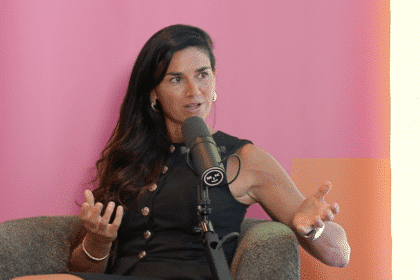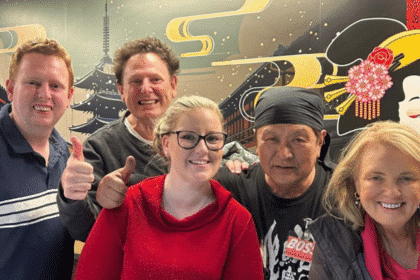COVID-19 has left brands around the world scrambling to quickly repurpose their communications.
And according to marketing guru Mark Ritson, a vast number of these brands are getting it wrong.
“What we’ve seen so far is some pretty poor stuff,” he said during a webinar for Clemenger BBDO Sydney.
It started about a month ago, when letters from CEOs started flooding the inboxes of consumers.
“Every dumb brand has sent out the obligatory ‘I feel your pain, we’re in it together’ message from the CEO,” Ritson said.
“This is dumb for a couple of reasons. Consumers don’t care first of all. Companies are making the mistake of thinking their brands are important.
“I divide marketers into two camps – those that have the empirical smarts to realise that even a big brand is a little, little thing from the consumer’s point of view, and those that are deluded enough to think that they matter in the broader scheme of things.”
Another trend we have seen so far during COVID marketing has been brands updating logos to reflect the importance of social distancing.
McDonald’s split its golden ‘M’ into two, while Audi showed its four interconnected rings sliding apart.
But according to Ritson, “there was something that felt a little wrong” about these initiatives.
Then there’s the longer, brand-centric campaigns that have been released (albeit mostly in the US).
“We’re seeing companies all making the same bullshit ad, where their brand is super important, where they’re feeling the customers pain and where it’s totally generic,” Ritson said, sharing examples from brands such as Samsung, Apple and KIA.
“It’s pointless, it’s overstated and it’s worse than the brand purpose nonsense we often see. This is what bad COVID advertising looks like right now.”
With so many brands seemingly falling into these traps during COVID, how can marketers get it right?
“Let’s be practical about the COVID crisis,” said Ritson.
“What is your brand’s tone of voice? How is it integrating itself into a different consumer context in the same consistent fashion?”
He gave the example of Uber Eats, which quickly made the adjustment of enabling contactless deliveries and started paying restaurants daily instead of weekly.
Ritson also spoke of Woolworths’ ‘basics box’, which gave many Australians comfort at a time where grocery shopping bordered on chaos.
“All of these different tactics made money for the companies, and there ain’t nothing wrong with that,” he said.
“In fact, I think there’s a lot right with that. Given there’s a recession coming, given a lot of our people are struggling and employees are questioning whether they’ll still be around, the more we can make money and keep the wheels of the economy turning, very much the better we’ll be.”
doubling down
Ritson also touched on what will happen next as the fallout from COVID-19 continues.
With a recession almost certainly on its way, brands will no doubt be questioning their existing marketing budgets.
Where possible, Ritson urged companies to at least maintain their current spend.
He used the example of a $5 million advertising budget.
“In a recession, your competitors are either going out of business or killing some or all of their advertising. As a result, that $5 million is now worth relatively more in share of voice terms – it might even be double,” he said.
“Even by spending the same amount of money in a recession, your $5 million isn’t 10 per cent share of voice, it’s 20 per cent.”








